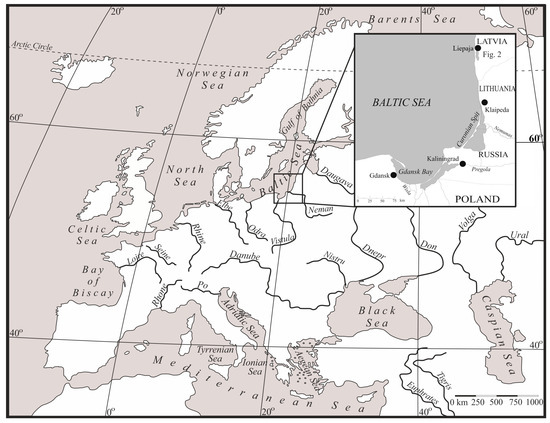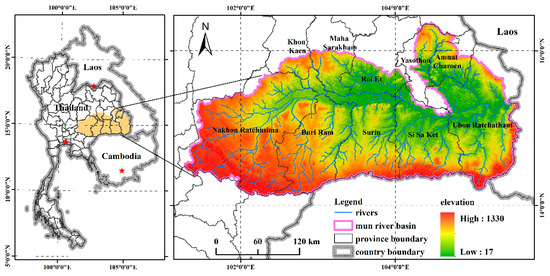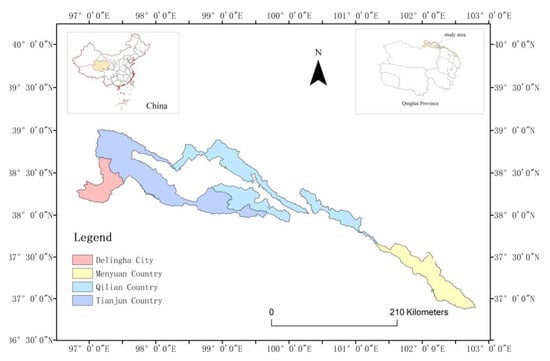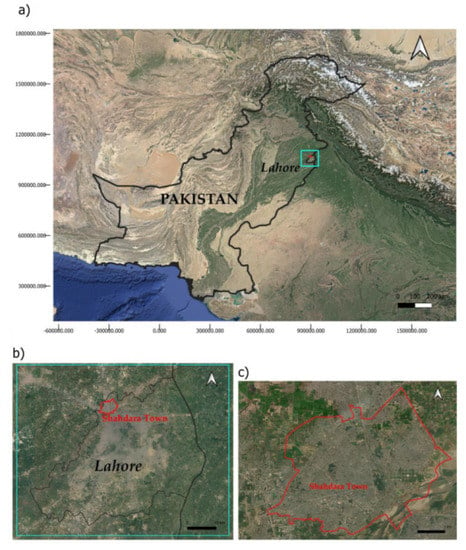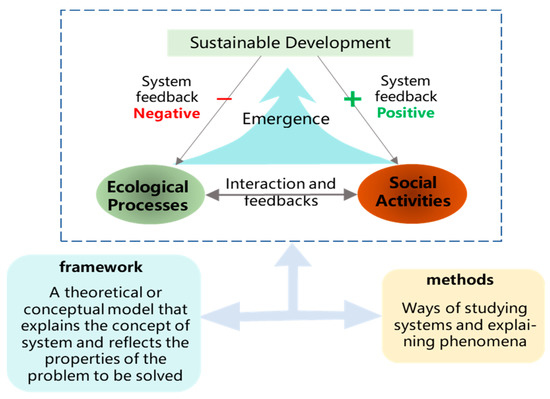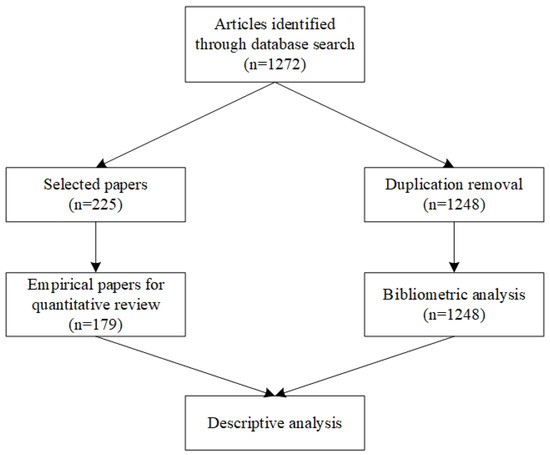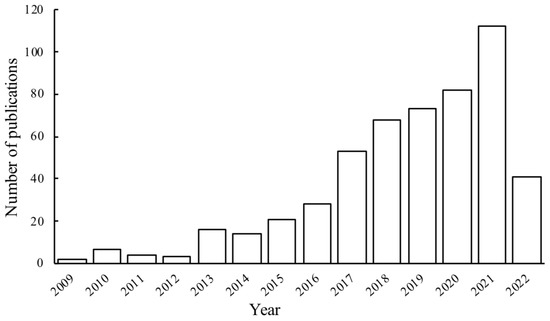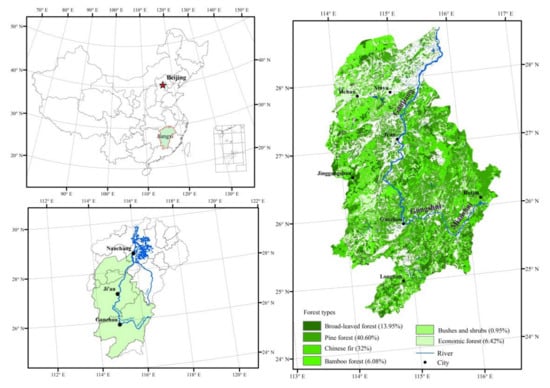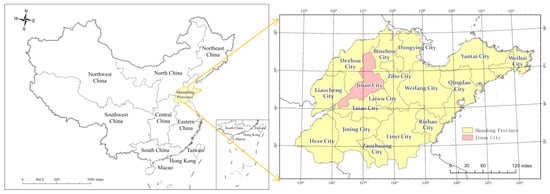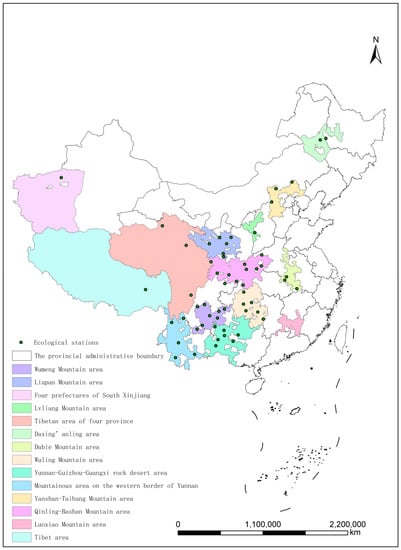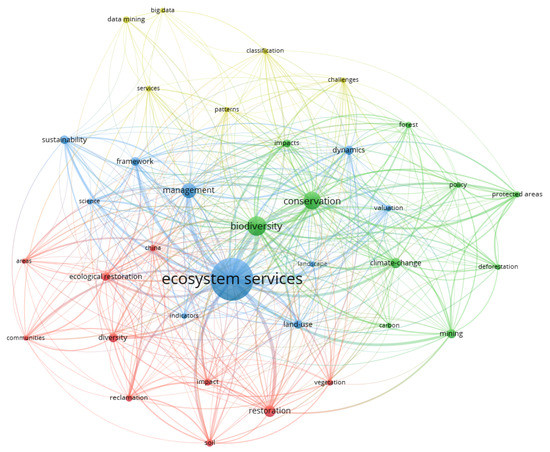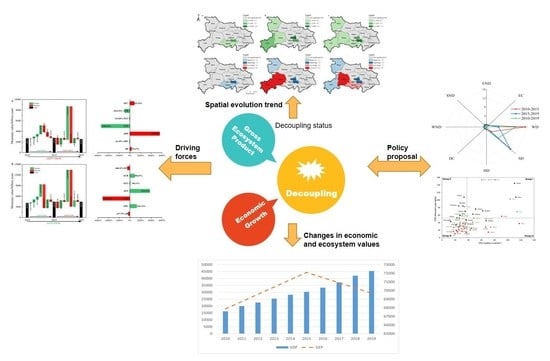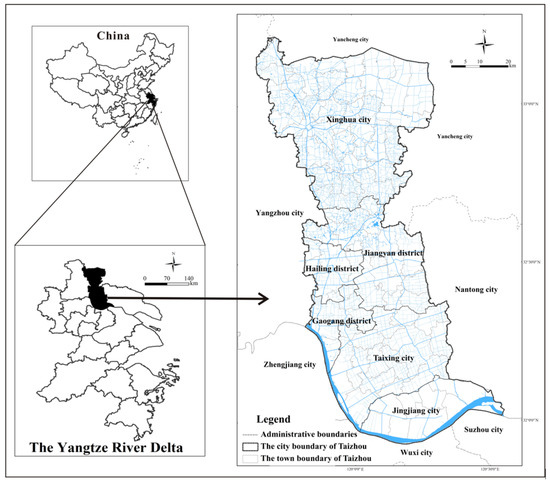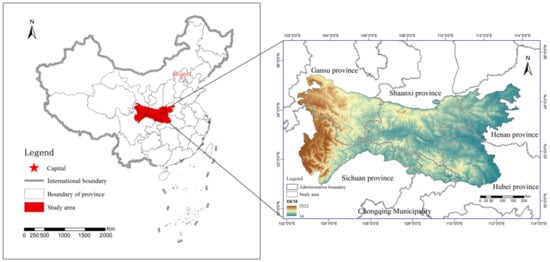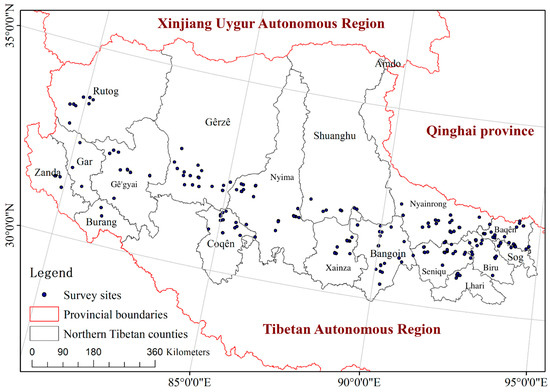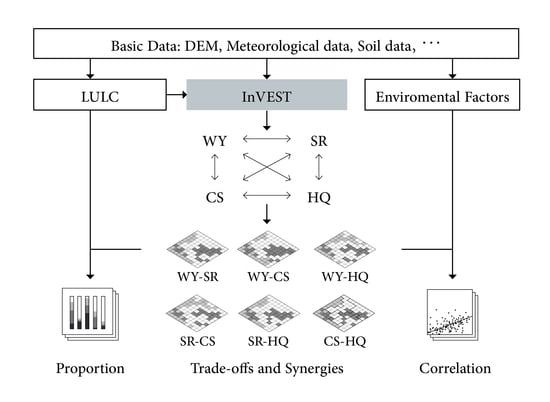Ecosystem Services and Human Well-Being for Environmental Sustainability
A topical collection in Sustainability (ISSN 2071-1050). This collection belongs to the section "Sustainability in Geographic Science".
Viewed by 49128Editors
Interests: physical geography; climate-change risk; land-use change; ecosystem service; landscape ecology
Topical Collection Information
Dear Colleagues,
Ecosystem services are all kinds of tangible and intangible benefits obtained by human beings from ecosystem. Human activities, especially land use change, also affect and change the provision of ecosystem services. The reduction, degradation and even loss of ecosystem services will have a serious impact on human well-being and directly threaten regional and even global ecological security. Ecosystem can provide people with a variety of ecosystem services, which is an important guarantee for human well-being.
Due to the diversity of ecosystem services, the imbalance of spatial distribution and the selectivity of human use, the relationship between ecosystem services has changed under the action of human activities and natural factors. The relationship between different ecosystem services is complex and interacts with each other, which is often manifested as trade-off relationship and synergistic relationship. Identifying the main types of regional ecosystem services, analyzing the trade-off synergistic relationships among ecosystem services and exploring the driving mechanisms are important for coordinating eco-environmental protection, promoting human well-being for environmental sustainability.
This Topical Collection of Sustainability provides a platform for researchers on which to publish high-quality original research papers and reviews that focus on ecosystem services, ecosystem services assessment, ecosystem service relationships, tradeoffs and synergy mechanisms, relationship-driven mechanism and human well-being for environmental sustainability. It is important to analyze spatiotemporal characteristics, interrelationships and driving mechanisms of ecosystem services, which contributes to the sustainable development of environment.
Prof. Dr. Erfu Dai
Dr. Chunsheng Wu
Collection Editors
Manuscript Submission Information
Manuscripts should be submitted online at www.mdpi.com by registering and logging in to this website. Once you are registered, click here to go to the submission form. Manuscripts can be submitted until the deadline. All submissions that pass pre-check are peer-reviewed. Accepted papers will be published continuously in the journal (as soon as accepted) and will be listed together on the collection website. Research articles, review articles as well as short communications are invited. For planned papers, a title and short abstract (about 100 words) can be sent to the Editorial Office for announcement on this website.
Submitted manuscripts should not have been published previously, nor be under consideration for publication elsewhere (except conference proceedings papers). All manuscripts are thoroughly refereed through a single-blind peer-review process. A guide for authors and other relevant information for submission of manuscripts is available on the Instructions for Authors page. Sustainability is an international peer-reviewed open access semimonthly journal published by MDPI.
Please visit the Instructions for Authors page before submitting a manuscript. The Article Processing Charge (APC) for publication in this open access journal is 2400 CHF (Swiss Francs). Submitted papers should be well formatted and use good English. Authors may use MDPI's English editing service prior to publication or during author revisions.
Keywords
- ecosystem service
- trade-off and synergy
- human well-being
- environmental sustainability







